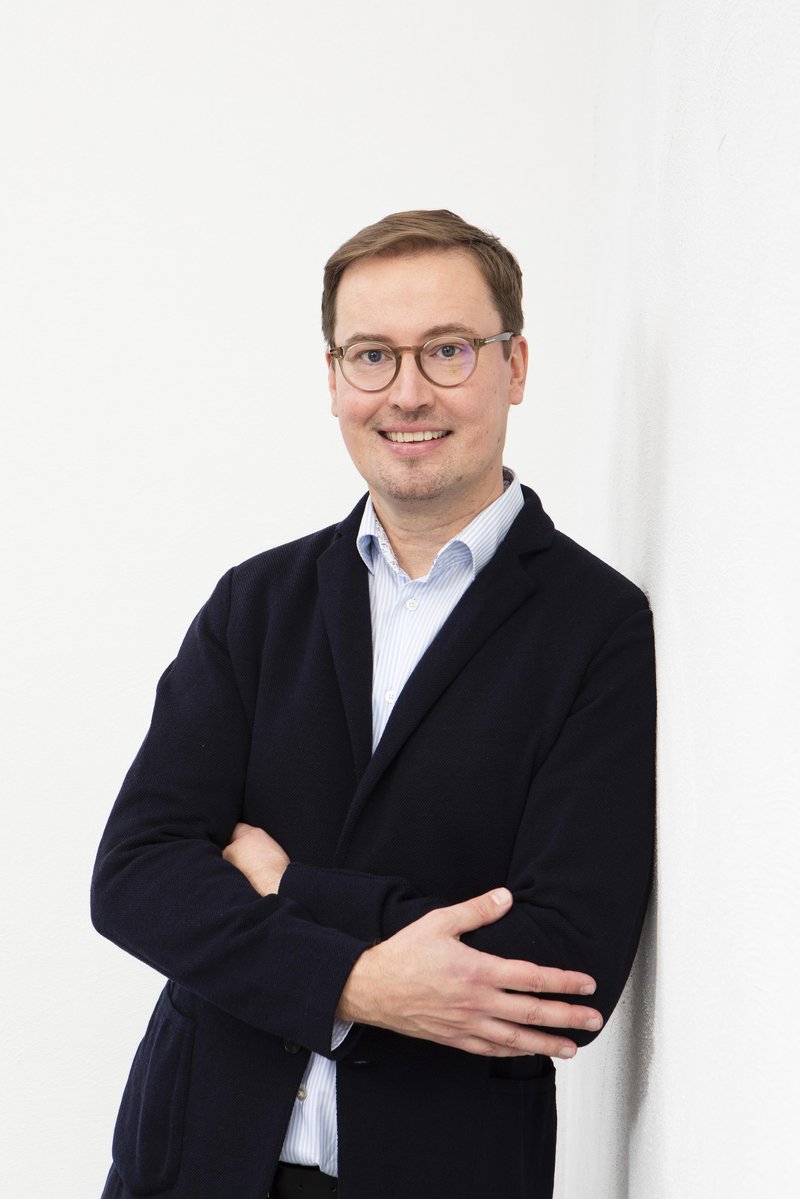"We are still on the hybrid mode in many art-related spaces, but those spaces are becoming more and more immersive"

Interview with Leevi Haapala, Director, Museum of Contemporary Art (KIASMA), Helsinki, Finland, and member of the Board of CIMAM by Semíramis González, Curator, RRSS, for the CM Málaga Culture & Museums International Tech Forum.
May 2023.
What are the challenges for museums today and what role do digital strategies play?
One of the biggest tasks is to guarantee free digital and physical access to museum’s art collections: to collection data, images, information to safeguard its status and at the same time to share knowledge of art and its’ contents to diverse audiences. Related challenges are linked to copyrights of images and the works of art, and other intellectual properties inside the collections, when integrating images and moving-image to the online collection platforms, which are open to our audiences. On the other hand all profound museum practices, like collecting, cataloguing, preserving, documenting and photographing have also digital dimensions and those require constant development and renewing the processes accordingly.
Digital strategies, like one of our strategic goals at the Finnish National Gallery is ‘to be more digital’. Next to that are two others: to be closer to our audiences, and to be greener, meaning even more sustainable. ‘Being more digital’ means different things at the same time: firstly accessibility to our museums via digital ticket sale system, which we are currently renewing, and secondly availability of our art collections via collection website, which is linked to our database system, and thirdly to make our services, like guided tours and museum shop products even more known and attractive also online. These all together demand resources to unite different digital systems on the same platform, and to integrate CRM systematically as part of the platform to improve customer experience and to offer specific services to our customers, and by doing so to make them happy and most likely to visit again.
How have you implemented this at KIASMA?
Most of these mentioned processes are now under big development to take them to the next level. Renewing the processes is a constant requirement. We are happy to belong to a bigger entity, to the Finnish National Gallery, so the development of these process are collaborations and shared with our ITC unit, and the new digital development unit entitled Artverse, and the collection management team together with our two sister museums: Ateneum specialized in older Finnish and international art until end of 1960s and Sinebrychoff Art Museum devoted to old European art.
One of our content-oriented implementations is online art gallery, which exists only digitally and it exhibits different types of new media art. We started It already in 2017, and it is slowly growing art collections including also commissioned projects. https://onlineart.kiasma.fi/en/
Is the digital experience a tool that brings audiences closer to the physical space or does it have its own space?
Of course, VR experiences and some Metaverse applications have created spaces of their own, and the quality of the gears and the viewing situation are essential to guarantee the quality of the experience. We are still on the hybrid mode in many art-related spaces, but those spaces are becoming more and more immersive.
What do you think is the future of virtual experiences?
Future of those experiences would be how to enable the co-creation and participation for the users as part of the virtual experience. Another positive impact, that I can imagine, is virtual travelling, which will reduce physical travelling and our carbon footprint. It might be reachable when virtual experiences of the remote destinations and attractions offer high-quality experiences, so the visitors do not feel need to see all of them onsite.